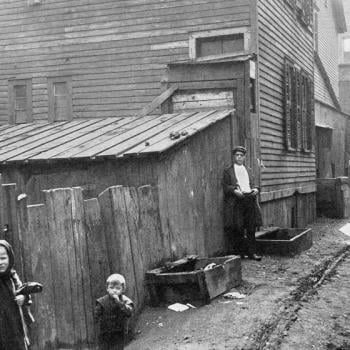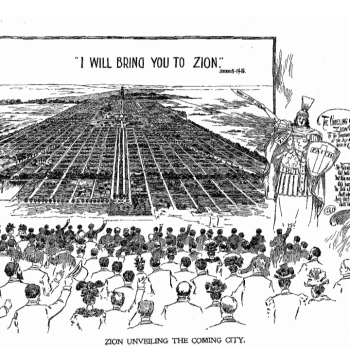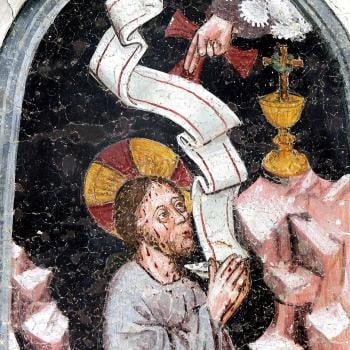“Everyone’s on a walk to Chartres,” New York Times columnist David Brooks observed in a recent lecture. “On a walk toward something transcendent, even if they don’t know what it is”—that is, people remote from religion undergo joys and griefs in life that may pull toward church, whose gravity and beauty can make pilgrims of scoffers.
The pilgrim to trail is Henry Adams, who made the trip a little over a century ago, and recorded it in a singular travelogue, Mont Saint Michel and Chartres. Born in 1838 into one of America’s foremost families, descendant of two presidents, Henry Adams never was much moved by the Boston Unitarianism of his upbringing. Events midlife unmoored him: continued reflection on Darwin’s theories, tumult of Gilded Age politics—as much evidence as was wanted to doubt that evolution moved from lower to higher forms—and especially the suicide of his wife Clover. That disquiet drew him to Roman Catholicism of the middle ages. He shuttled around France’s great medieval churches, and pondered poetry and theology, to write a book intended for his nieces but useful for us.
Impressed at its splendor, its yoking of the lofty and humble, Adams pondered what Chartres might mean: “Like all great churches, that are not mere store-houses of theology, Chartres expressed, besides whatever else it meant, an emotion, the deepest man ever felt,— the struggle of his own littleness to grasp the infinite.”
What animated him in the cathedral at Chartres, dedicated to the Virgin Mary, was not so much history as feeling. The art and architecture of the church converged in a purpose, “every inch of material, up and down, from crypt to vault, from man to God, from the universe to the atom, had its task, giving support where support was needed.” While in his own time power seemed to spin out chaos, in Europe’s middle ages, as he saw it, energy was drawn into unity. Adams elsewhere idealized this contrast of symbols as “The Dynamo and the Virgin.” His travel book records appreciation of medieval craftsmen and worshipers who offered their best and thought it mattered.
Adams did not convert to Roman Catholicism. He did not embrace the extravagant Marian devotion at which he marveled. But he did seek in the church some corrective to the perplexities of his time. Ducking into the colored light of a rose window was not for him, and is not for us, just an escape from the present age. A church visit might be an encounter with God. Even when it is apparently not that, it can be an encounter with great questions about being human, and some others’ answers to the same. How did you–men, women, children of a hundred, five hundred years ago–find understanding? To reckon with our own smallness and disconnection, and not be ruined; to enter into the thought world of those who made the church—Chartres and others allow for this. As Adams’s book demonstrates, those visits can echo long in the imagination.












